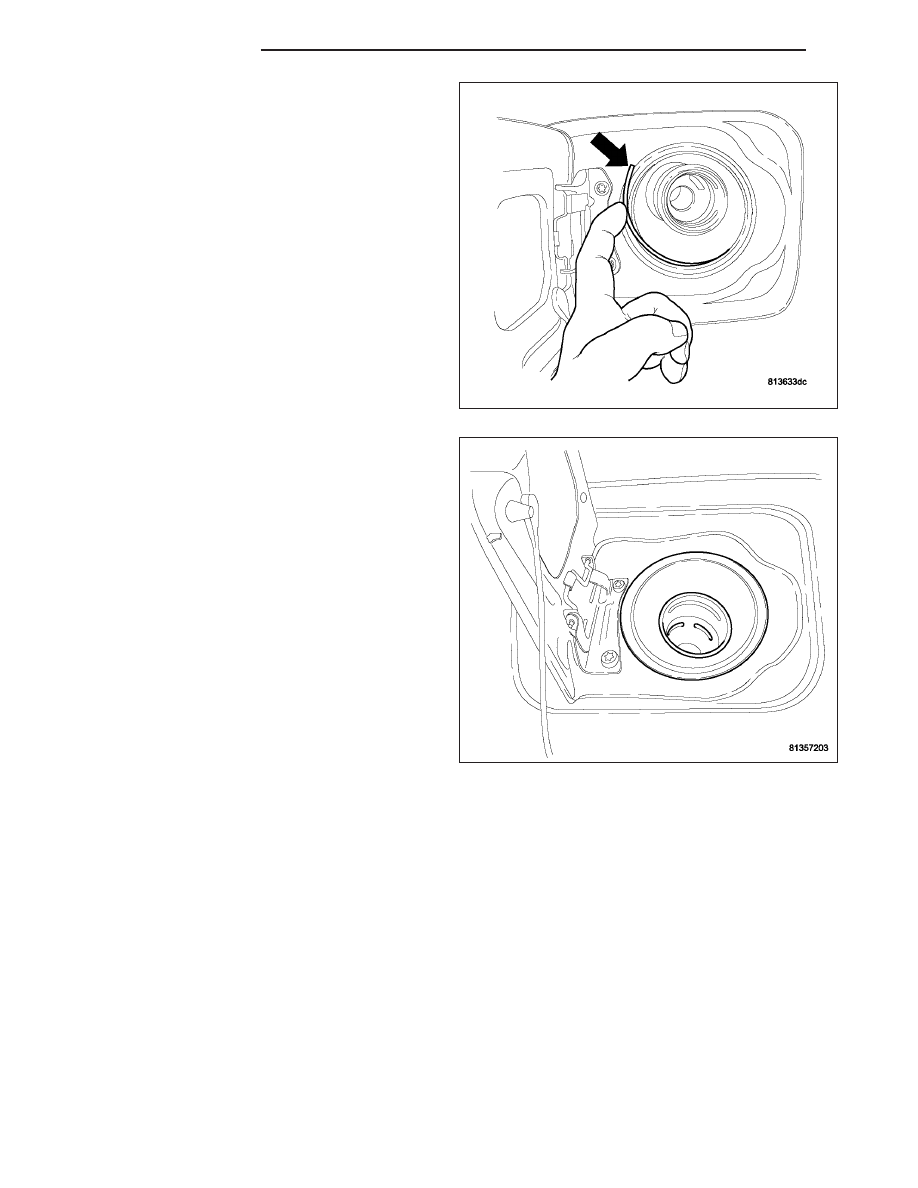Content .. 1753 1754 1755 1756 ..
Chrysler 300/300 Touring/300C, Dodge Magnum. Manual - part 1755

15. Work wire retaining wire around the rubber.
16. Wire retainer install.
17. Connect negative battery cable.
18. Fill fuel tank.
14 - 94
FUEL DELIVERY
LX